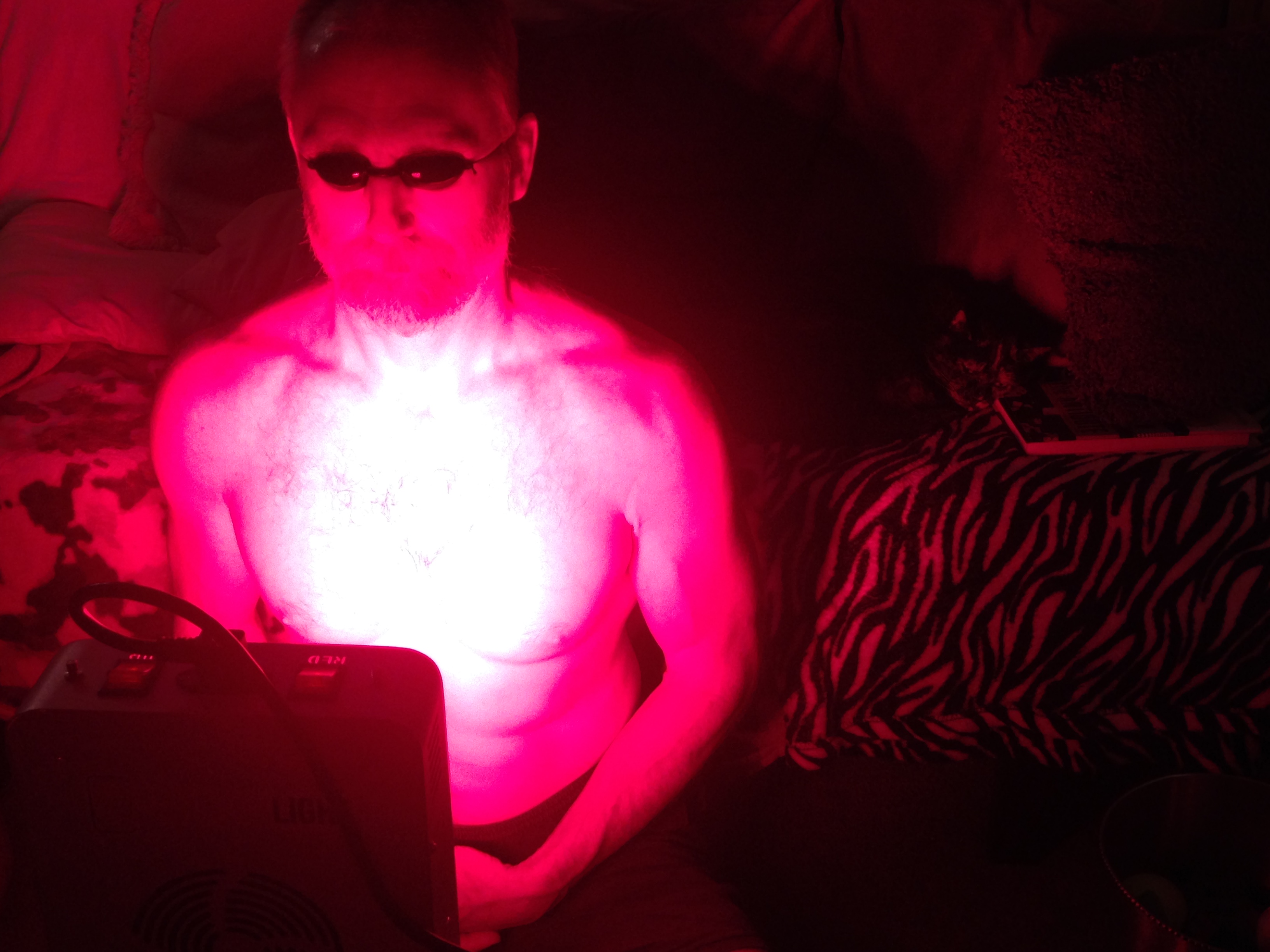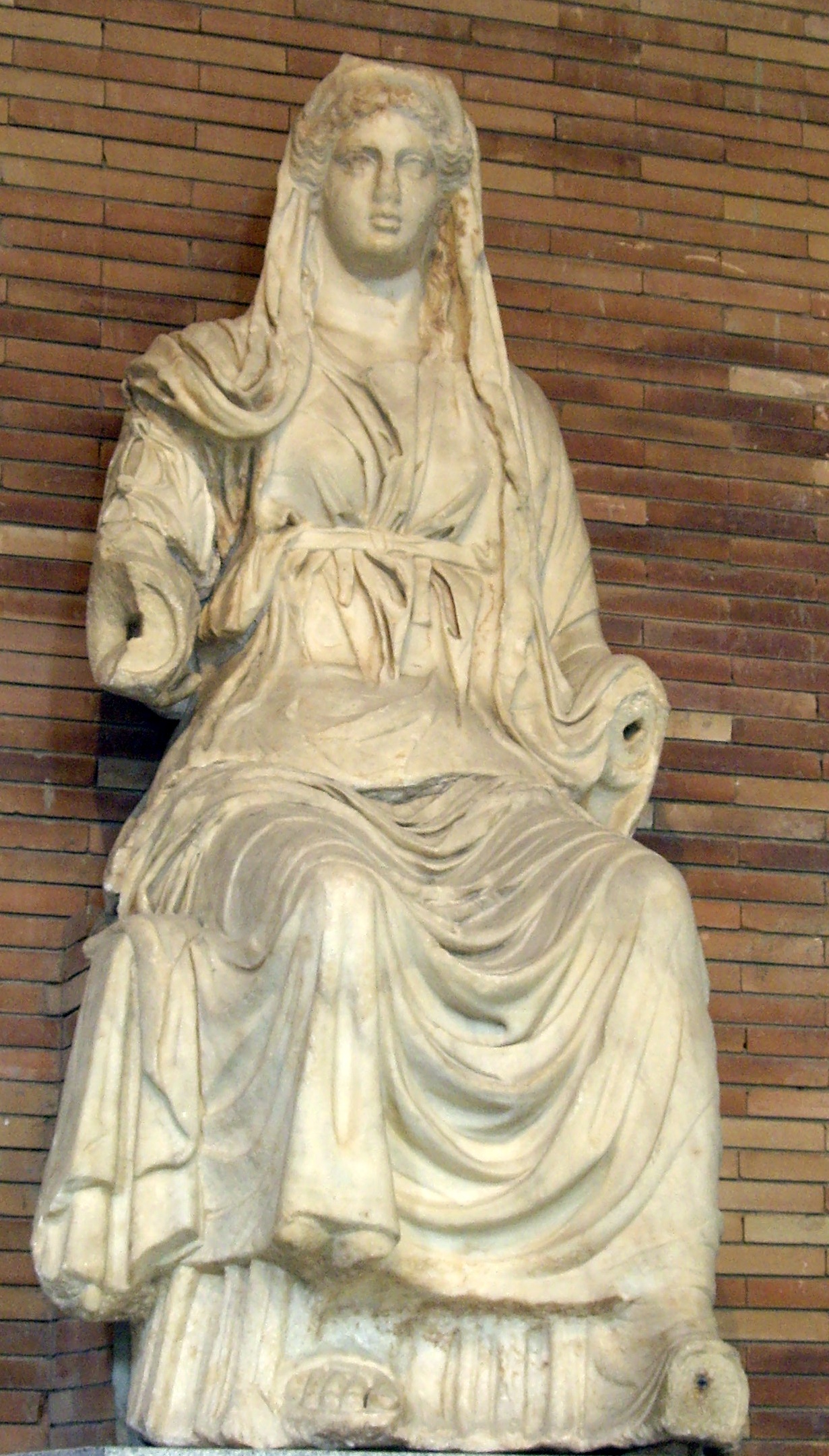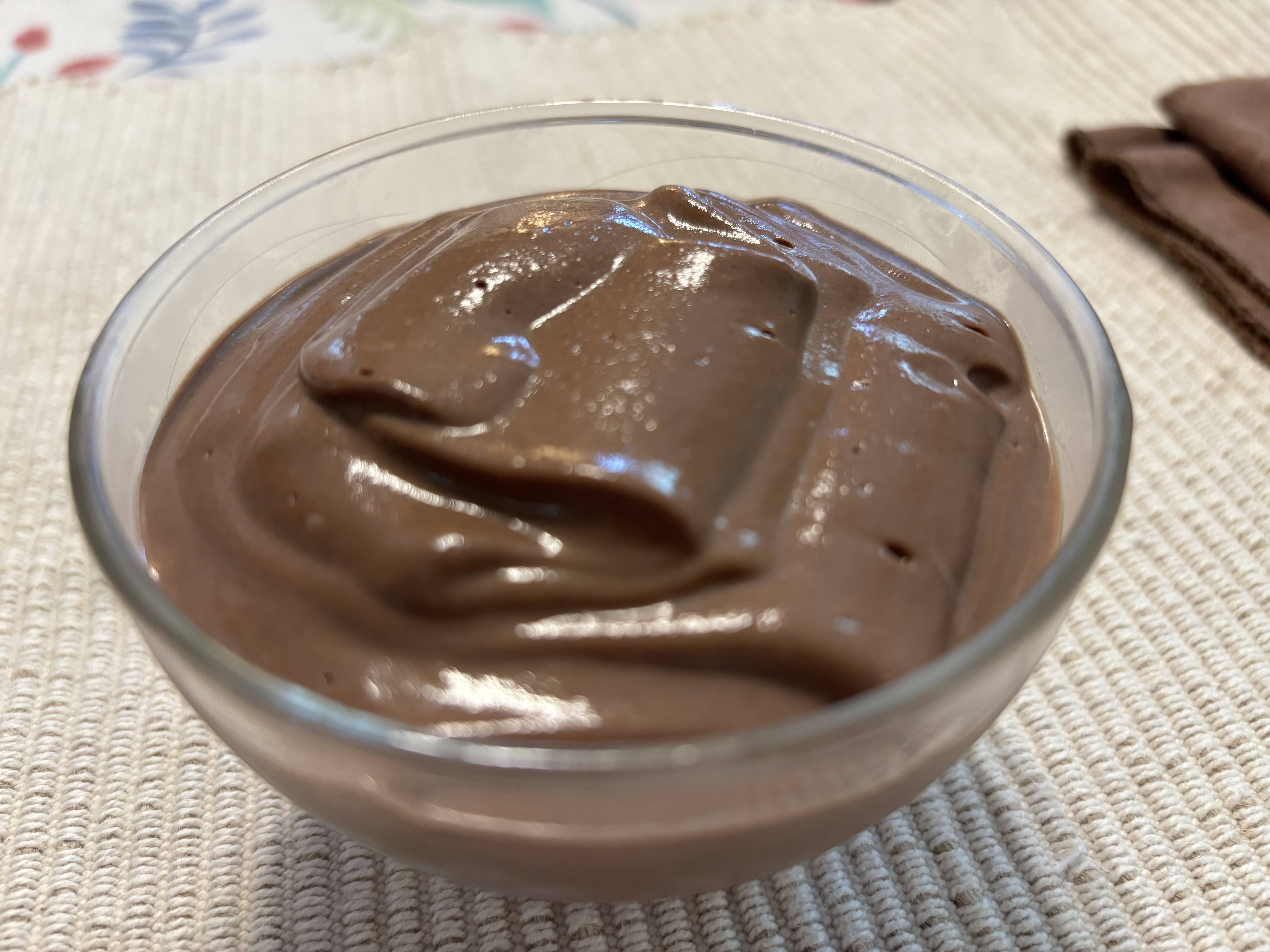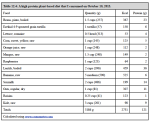Red Light For Gaining Strength
Red light therapy and near infrared light therapy are types of photobiomodulation (PBM), which is the use of light to improve health and fitness. Red and near infrared PBM consists of the use of specific wavelengths of natural light – in the mid 600 and mid 800 nanometer range – to improve the function and health of our cells. Red and infrared light therapy lacks harmful UV rays or excess heat so it is very safe.
Physicians have used photobiomodulation in clinical practices for more than 40 years, and researchers have intensively studied PBM for more than 30 years.1 During these decades evidence has accumulated showing that red light and near infrared therapies produce numerous health and physical performance benefits.

How Does Red Light Therapy Work?
Many people spend most of their waking hours in artificial light. Artificial light differs from natural sunlight in many ways, one of which is that artificial light sources, particularly computers and cell phones, emit a primarily blue light spectrum. The sun on the other hand emits much more red light. Accumulating evidence indicates that this imbalance of light exposure may impair health.
Three decades of research have revealed that red light and near infrared light therapy stimulate increased energy production in the mitochondria of our cells. Mitochondria are microscopic organelles that produce energy in all body cells.
Photons from red light and near infrared light interact with a photoreceptor in our cells called cytochrome c oxidase. This stimulates the mitochondria to use oxygen more efficiently, which in turn enables the mitochondria to increase ATP production. ATP (adenosine triphosphate) occurs in all life forms, and serves as the molecule of energy transfer in cells. ATP provides power for all cell processes such as muscle contraction, nerve impulse propagation, and chemical synthesis.
Simply put, red and near infrared light increase cellular energy levels. This enables the cells to function better, and when your cells function better your body functions better.
Red Light Therapy Benefits
Over the past 30 years, researchers have conducted more than 3000 scientific studies and clinical trials of the effects, benefits and results of red and near infrared light PBM therapy.
These have shown that photobiomodulation with red light can produce significant improvements in health. Benefits include:
- increased energy
- enhanced fat loss
- enhanced muscle recovery
- decreased inflammation and joint pain2, 3
- improved health and appearance of skin4
- increased collagen production4
- improved mood and cognitive function5, 6, 7, 8
- faster wound healing
- improved hormonal health
- improvement of hair growth9, 10, 11
- improved sleep quality
- improved gut microbiome12
For more, visit this comprehensive database of PBM, low level laser and red/near infrared phototherapy studies.
Photobiomodulation has wide ranging benefits because it has such a basic mechanism of action: increased cellular energy production.
Right Light for Gaining Strength
Studies have shown that combining red light therapy with resistance training may improve strength and muscle mass gains.
Identical twin studies are considered very powerful because they eliminate the effects of genetic variation. A 2017 study randomized identical male twins to either resistance training with placebo or resistance training with 850 nm infrared LED therapy (LEDT) applied after training sessions. The infrared light therapy reduced fatigue, creatine kinase levels, perceived effort and markers of inflammation and muscle atrophy; upregulated protein synthesis and oxidative stress defense; and increased maximal exercise load and muscle hypertrophy.13
A 2017 review concluded that photobiomodulation (PBM) can “increase muscle mass gained after training, and decrease inflammation and oxidative stress in muscle biopsies.”14 This team even raised “the question of whether PBM should be permitted in athletic competition by international regulatory agencies.” On that matter they noted that they could not “envisage a biochemical test that could be conducted on blood or urine that would conclusively detect whether muscles had been exposed to the ‘banned light’ used in PBM.”
A 2018 meta-analysis concluded: “Exposing skeletal muscle to single-diode and multidiode laser or multidiode LED therapy was shown to positively affect physical performance by delaying the onset of fatigue, reducing the fatigue response, improving postexercise recovery, and protecting cells from exercise-induced damage.”15
Red Light Recommendation
I use and recommend the Mito Red Light products for the following reasons:
- Best value: Mito Red Light provides more irradiance for the dollar than any other device on the market. More irradiance means more results in less time.
- Third party tested: Mito Red Light devices have been independently evaluated and certified to produce irradiance in the scientifically accepted therapeutic window.
- Full therapeutic spectrum: Mito Red Light devices deliver light across the entire natural and therapeutic spectrum of red (620-700 nm) and near infrared (800-880 nm) light.
- Great customer reviews.
- 60 day no risk trial period: Mito Red Light is the ONLY major red light company that does not charge a restocking fee. If you decide you do not benefit from the light within 60 days of receiving the unit, you can return it for a full refund. This is a NO RISK trial.
Notes
1. Karu T. Is it time to consider photobiomodulation as a drug equivalent?. Photomed Laser Surg. 2013;31(5):189–191. doi:10.1089/pho.2013.3510
2. Hamblin MR. Mechanisms and applications of the anti-inflammatory effects of photobiomodulation. AIMS Biophys. 2017;4(3):337–361. doi:10.3934/biophy.2017.3.337
3. Xiang A, Deng H, Cheng K, Liu H, Lin L, Qu X, Liu S, Shen X. Laser photobiomodulation for cartilage defect in animal models of knee osteoarthritis: a systematic review and meta-analysis. Lasers Med Sci. 2019 Dec 17. doi:10.1007/s10103-019-02937-8. [Epub ahead of print] Review. PubMed PMID: 31845042.
4. Wunsch A, Matuschka K. A controlled trial to determine the efficacy of red and near-infrared light treatment in patient satisfaction, reduction of fine lines, wrinkles, skin roughness, and intradermal collagen density increase. Photomed Laser Surg. 2014;32(2):93–100. doi:10.1089/pho.2013.3616
5. Hamblin MR. Shining light on the head: Photobiomodulation for brain disorders. BBA Clin. 2016;6:113–124. Published 2016 Oct 1. doi:10.1016/j.bbacli.2016.09.002
6. Hamblin MR. Photobiomodulation for Alzheimer's Disease: Has the Light Dawned?. Photonics. 2019;6(3):77. doi:10.3390/photonics6030077
7. Saltmarche AE, Naeser MA, Ho KF, Hamblin MR, Lim L. Significant Improvement in Cognition in Mild to Moderately Severe Dementia Cases Treated with Transcranial Plus Intranasal Photobiomodulation: Case Series Report. Photomed Laser Surg. 2017;35(8):432–441. doi:10.1089/pho.2016.4227
8. Caldieraro MA, Cassano P. Transcranial and systemic photobiomodulation for major depressive disorder: A systematic review of efficacy, tolerability and biological mechanisms. J Affect Disord. 2019 Jan 15;243:262-273. doi:10.1016/j.jad.2018.09.048. Epub 2018 Sep 17. Review. PubMed PMID: 30248638.
9. Lanzafame RJ, Blanche RR, Chiacchierini RP, Kazmirek ER, Sklar JA. The growth of human scalp hair in females using visible red light laser and LED sources. Lasers Surg Med. 2014;46(8):601–607. doi:10.1002/lsm.22277
10. Hamblin MR. Photobiomodulation for the management of alopecia: mechanisms of action, patient selection and perspectives. Clin Cosmet Investig Dermatol. 2019;12:669–678. Published 2019 Sep 6. doi:10.2147/CCID.S184979
11. Gupta AK, Carviel JL. Meta-analysis of photobiomodulation for the treatment of androgenetic alopecia. J Dermatolog Treat. 2019 Nov 20:1-5. doi:10.1080/09546634.2019.1688755. [Epub ahead of print] PubMed PMID: 31746251.
12. Liebert A, Bicknell B, Johnstone DM, Gordon LC, Kiat H, Hamblin MR. "Photobiomics": Can Light, Including Photobiomodulation, Alter the Microbiome?. Photobiomodul Photomed Laser Surg. 2019;37(11):681–693. doi:10.1089/photob.2019.4628
13. Ferraresi C, Bertucci D, Schiavinato J, et al. Effects of Light-Emitting Diode Therapy on Muscle Hypertrophy, Gene Expression, Performance, Damage, and Delayed-Onset Muscle Soreness: Case-control Study with a Pair of Identical Twins. Am J Phys Med Rehabil. 2016;95(10):746–757. doi:10.1097/PHM.0000000000000490
14. Ferraresi C, Huang YY, Hamblin MR. Photobiomodulation in human muscle tissue: an advantage in sports performance?. J Biophotonics. 2016;9(11-12):1273–1299. doi:10.1002/jbio.201600176
15. Borsa PA, Larkin KA, True JM. Does phototherapy enhance skeletal muscle contractile function and postexercise recovery? A systematic review. J Athl Train. 2013;48(1):57–67. doi:10.4085/1062-6050-48.1.12
Recent Articles
-
Ancient Roman Soldier Diet
Apr 14, 25 05:19 PM
A discussion of the ancient Roman soldier diet, its staple foods and nutritional value, and a vegan minimalist version. -
High Protein Chocolate Tofu Pudding
Jul 01, 24 12:41 PM
A delicious high protein chocolate tofu pudding. -
Vegan Macrobiotic Diet For Psoriasis
Sep 05, 23 06:36 PM
Vegan macrobiotic diet for psoriasis. My progress healing psoriasis with a vegan macrobiotic diet. -
How Every Disease Develops
Aug 04, 23 06:22 PM
How every disease develops over time, according to macrobiotic medicine. -
Why Do People Quit Being Vegan?
Jun 28, 23 08:04 PM
Why do people quit being vegan? How peer pressure and ego conspire against vegans. -
Powered By Plants
Mar 16, 23 08:01 PM
Powered By Plants is a book in which I have presented a lot of scientific evidence that humans are designed by Nature for a whole foods plant-based diet. -
Carnism Versus Libertarianism
Dec 30, 22 01:55 PM
Carnism Versus Libertarianism is an e-book demonstrating that carnism is in principle incompatible with libertarianism, voluntaryism, and anarchism. -
The Most Dangerous Superstition Book Review
Nov 15, 22 08:46 PM
Review of the book The Most Dangerous Superstition by Larken Rose.











